Summary
In the history of the nation, Vietnamese women have played a particularly important role in the comprehensive development of Vietnamese society. In particular, in the history of the nation's resistance against foreign invaders, women have always played a very important role. However, perhaps never before has the political and military activities of women been as vigorous and vigorous as those of women in the South during the resistance war against the US to save the country. Women in the South have promoted the offensive spirit of the "Long-haired Army" to make a worthy contribution to the overall success of the resistance war against the US to save the country.
Keywords: Southern women, "Long-haired army", anti-American resistance.
Abstract:
Throughout the history of the Vietnamese nation, women have played a particularly significant role in the comprehensive development of Vietnamese society. Notably, in the nation's resistance against foreign invasions, women have consistently held a crucial position. However, perhaps at no point in history has women's political and military activism been as vigorous and widespread as that of Southern Vietnamese women during the resistance war against the United States. The women of Southern Vietnam carried forward the offensive momentum of the “Long-Haired Army,” making a worthy contribution to the overall success of the war for national liberation.
Keywords: Southern Vietnamese women, “Long-Haired Army,” resistance war against the United States”.
In the plan to invade Vietnam, both the French colonialists and the American imperialists did not expect the strength of a special army, which was the "long-haired army". The long-haired army was born from the first anti-tax struggles launched by the Party from 1930 - 1931, from the massive demonstrations in the Indochina Anti-Imperialist Front movement, from the Southern uprising in 1940, or the August Revolution in 1945, from the demonstrations celebrating independence in Saigon demanding negotiations for a general election to unify the country, against the fascist government of Ngo Dinh Diem and erupting violently to the Dong Khoi climax in 1960, creating a new term in the military dictionary "Long-haired army".
In the South, “Long-haired Army” is the general name for women’s struggles, especially in Ben Tre province and the provinces in the Southwest. “Long-haired Army” was born in the Dong Khoi movement of Ben Tre province in 1960 after the Central Resolution No. 15 opened the path of political struggle combined with armed struggle of the Southern revolution, mobilizing millions of patriotic masses to rise up in the Dong Khoi movement.
The Dong Khoi Movement in 1960 broke out as the climax of the uprising of Southern farmers against the domination and oppression of imperialism and feudalism, to liberate the countryside, with the participation of millions of rural women. With the political and military struggle of the majority of women, with armed support (mainly with knives, sticks, wooden guns, intimidation...).
In the uprising in Mo Cay (Ben Tre), the role of women emerged at its highest level, bringing to our army a number of very unique tactics and strategies of universal value. That is the "three-pronged attack" strategy. With the "three-pronged attack", we simultaneously attacked the enemy with military, military and political means, surrounded and forced them to surrender, disturbed a series of posts and posts, destroyed evil and eliminated traitors, advanced to wipe out each area of puppet authority in the communes and hamlets, liberated large areas of rural areas in a very short time[1].
For the first time, thousands of women from three communes in Mo Cay district organized into a team with a command system, with vanguard, reserve, liaison, and supply, and carried out a direct struggle with the enemy. The offensive spirit of the women's force, of thousands of old mothers with white hair, sisters holding small children, unarmed but full of passionate feelings to protect their villages, fields, and gardens, relying on legality and with sharp arguments of justice, convinced the puppet soldiers, forcing them to retreat.
From Ben Tre, the Dong Khoi wave quickly spread to the provinces: Tay Ninh, My Tho, Long An, Tra Vinh, Rach Gia, Kien Phong... Women and people actively forged machetes, carved guns, molded grenades, prepared spears, sticks...
In Tay Ninh, the Tua Hai battle (Tour 2), the scheduled time to open fire to attack Tua Hai citadel was 11:30 p.m. on January 25, 1960. However, an unexpected event occurred, so the Battle Command decided to postpone the opening fire and review the battle plan to see if it was leaked. After reviewing and evaluating all enemy activities, the Command found that the plan was still kept secret. At exactly 0:30 a.m. on January 26, 1960, the order to attack Tua Hai base began. Within just 3 hours of fighting, we completely controlled the battlefield[2]. We occupied the artillery area, destroyed the command post, defeated the battalion at the base and occupied the ammunition depot.
After the victory of Tua Hai, the Dong Khoi movement continued to expand throughout the province. In Chau Thanh district, where the Tua Hai battle was directly affected, people quickly destroyed evil and broke the shackles. By the end of 1960, Tay Ninh had destroyed and disintegrated 70% of the communes, hamlets and militia, liberating 2/3 of the total number of communes and hamlets in the province[3].
Cu Chi is known as the land of steel and copper. On January 23, 1960, the Cu Chi women with the slogan "Not an inch gone, not a glass left" also participated in the uprising movement, fighting extremely enthusiastically, with many unique forms such as the militia of Cay Bai hamlet, Vinh Cu hamlet, Phuoc Vinh commune organized a wedding procession passing through an enemy post, then suddenly the bride and groom and the people attending the fake wedding in luxurious clothes jumped out of the car and rushed to attack the enemy. Women together with the people destroyed posts, posts, and seized weapons... In 1962, during a long sweep by the enemy, more than 20,000 Cu Chi women carried out a "reverse evacuation" [4]. They carried bags, shouldered belongings, mosquito nets, carried their children, and led the elderly to Highway 1, occupying the entire 10km road from Trang Bang to Hoc Mon. In other districts of Gia Dinh province, the masses also rose up quickly to destroy the puppet government and gain control. Everywhere, women and mothers also did mass mobilization work, enlisting soldiers, showing them the cruel actions of the US-Diem regime, and at the same time advising them to turn their guns back to the people.
In My Tho (Tien Giang), the people rose up twice to destroy evil and destroy the enemy. In early June 1960, the My Tho Provincial Party Committee assigned a rally of about 15,000 people at Nga Sau, My Trung commune. The protesters carried sticks and spears, marching on a 15km long road. On September 29, 1960, a direct struggle took place in My Tho with more than 8,000 people, mostly women, marching in front of the provincial governor's residence to demand the release of their husbands and children, and to not disturb the fields...[5]
On September 14, 1960, women in Cuu Long and the army and people in the province rose up together, combining military and political activities very enthusiastically, breaking up the hamlet militia in Truong Long Hoa commune, Duyen Hai district. Millions of people joined the struggle, with some mobilizing up to 40,000 people to march into Tra Vinh town to fight directly with the provincial government.
In Ben Tre, there is a unique form of evacuation. In the common understanding, evacuation is "temporarily leaving the place where you live to live far away from the war to avoid war accidents." However, in Ben Tre, evacuation does not run away from the enemy but runs towards the enemy's headquarters, so it is called "Reverse evacuation" and has been applied by other provinces. "Under the leadership of the district committee, the political struggle of more than 8,000 women in Ben Luc and Thu Thua lasted for many days. The people informed the enemy soldiers: "The liberation is very large, do not sweep in there, many will die in vain." The evacuees were in large numbers, including relatives of soldiers' families, and they went out to Highway 4, which became more and more crowded, blocking traffic, making the enemy extremely confused and afraid[6].
The experience of “reverse evacuation” in Ben Tre was applied by many localities in the South, with the slogan “Down with communism”, the mass forces, especially women, gathered in increasing numbers every day, forcing the enemy to release those who were arrested, accept the demands of the masses and promise to resolve them. During the uprising, a particularly vibrant historical period in the resistance war against the US, millions of women competed to become soldiers. The uprising in Ben Tre was associated with the development of the “long-haired army”, a unique phenomenon of the Southern revolution, which creatively applied the famous “three-pronged attack” tactic, in which Ms. Nguyen Thi Dinh – Deputy Commander-in-Chief of the Armed Forces of South Vietnam was one of the outstanding leaders of the victorious uprising.
French journalist Madeleine Riffaud, after a visit to the liberated areas of the South in early 1965, wrote: “Indeed, in the South there exists a strange army, without guns, present everywhere, in cities as well as in the countryside, an army that news agencies almost never mention, but which plays a huge role in the resistance of the people of South Vietnam against the invaders, even before the first guerrillas took up arms. That is the “hair bun army” that gathers millions of female soldiers.”
The Dong Khoi movement spread throughout the provinces and cities of the South. Women's political struggles not only developed in the countryside but also grew steadily in the cities. In the cities of the South, there were many diverse forms of women's struggles such as besieging the Independence Palace, demonstrating to demand the US withdraw its troops from the South, marching, market strikes, school strikes... Many urban struggles were born with the participation of key female leaders such as the peace movement with the participation of women like Nguyen Thi Luu, Thai Thi Nhan; the Relief Committee and Protection of People's Lives and Property with many participating associations, including the Vietnam Women's Union; the National Culture Protection Force...[7]
During the period 1965 - 1975, Southern women intensified their political and military activities. In urban areas, many women's organizations were formed and participated in the struggle, such as the Association for the Protection of Dignity and the Right to Life, the Vietnamese Women's Mendicant Church, the Association of Mothers with Children in Prison, the 36 Small Traders' Union of the Capital Market... Special forces and female commandos also carried out many attacks on the enemy's headquarters. During the Mau Than campaign in 1968, female commandos infiltrated many important rescue points such as the Saigon Army General Staff and the US Embassy. Also in this campaign, many heroic female examples appeared. Writer Ma Thien Dong called them “Street Angels”… These people represent “a part of the truth about Southern women. The truth is that only in the context of the resistance war against the US to save the country in the 20th century of our Vietnamese people, in the capital city of Saigon, could such heroic women be born”[8].
It can be seen that, “The Southern women's movement during the years of fighting against the US to save the country was essentially the most profound and extensive revolutionary movement of women, demonstrating the harmonious combination of three aspects: nation, class and gender; being an integral part of the great revolutionary movement of the Southern people, the Vietnamese people in general, fighting for the goal of national reunification, building a peaceful, prosperous and happy Vietnam”[9]. The contributions of Southern women have continued and strongly promoted the indomitable fighting spirit of the “Long-haired Army”, worthy of the eight golden words that Uncle Ho awarded: “Heroic, indomitable, loyal, and courageous”.
SOME PICTURES OF THE LONG HAIR ARMY
Source: Photo courtesy of the Southern Women's Museum
Political struggle of 5,000 women at Chim Chim intersection (Tien Giang)
anti-conscription, population gathering, strategic hamlet establishment (1960).
Long An people fought politically against the gathering of people into strategic hamlets.
Dong Thap women bravely participate in political struggles
face to face with the enemy in the resistance war against America
Tay Ninh women protested demanding America go home.
People of Ca Mau province marched to the town to fight directly.
against the puppet government's indiscriminate spraying of toxic chemicals into villages
Cu Chi women (HCMC) fight to keep their land and village
with the slogan "not an inch gone, not a millimeter left" in the resistance war against America
MSc. Nguyen Thi Kim Voanh
Deputy Head of Education - Communication - International Relations Department
Source: https://baotangphunu.com/phu-nu-nam-bo-phat-huy-khi-the-tien-cong-cua-doi-quan-toc-dai-dong-cong-xung-dang-vao-thanh-cong-chung-cua-cuoc-khang-chien-chong-my-cuu-nuoc/


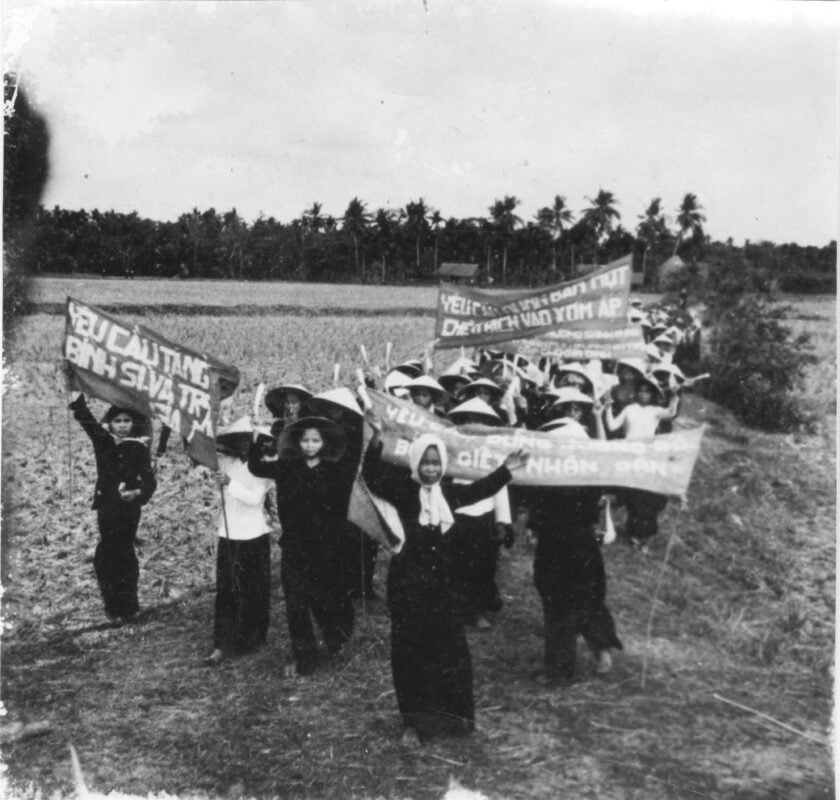
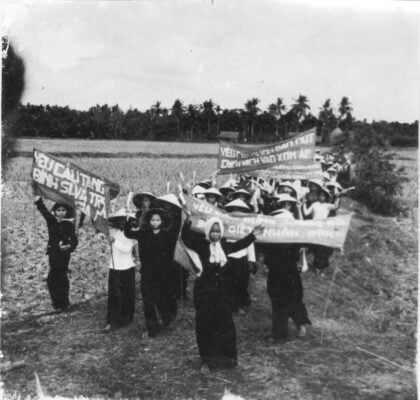
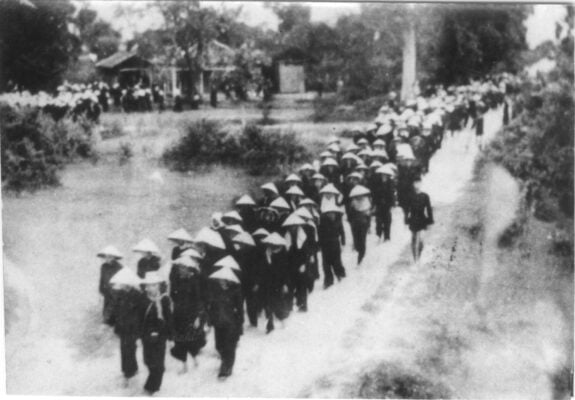
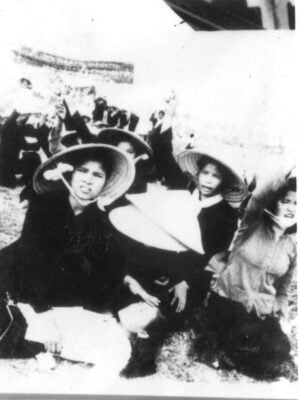
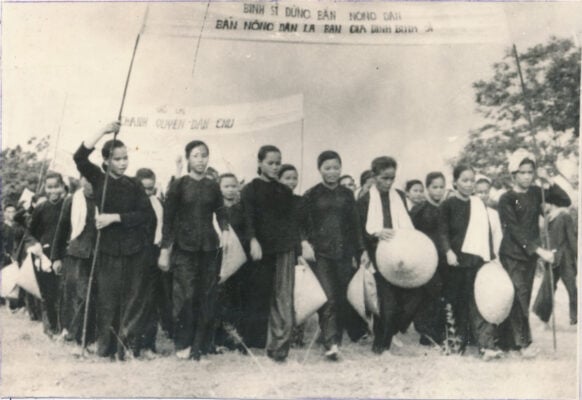
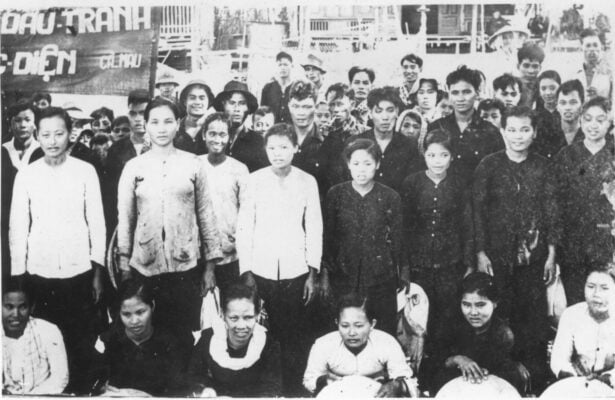
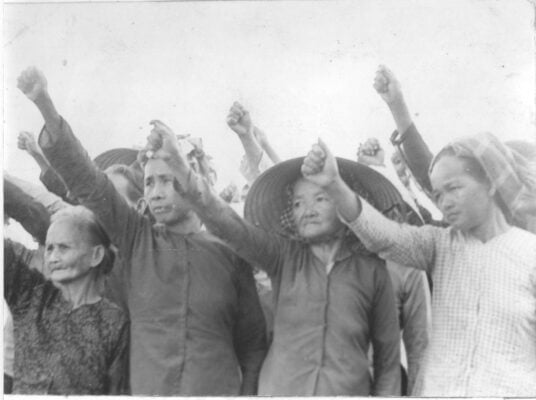

![[Photo] Enjoy the Liuyang Fireworks Festival in Hunan, China](https://vphoto.vietnam.vn/thumb/1200x675/vietnam/resource/IMAGE/2025/10/26/1761463428882_ndo_br_02-1-my-1-jpg.webp)
![[Photo] Nhan Dan Newspaper displays and solicits comments on the Draft Documents of the 14th National Party Congress](https://vphoto.vietnam.vn/thumb/1200x675/vietnam/resource/IMAGE/2025/10/26/1761470328996_ndo_br_bao-long-171-8916-jpg.webp)


![[Photo] General Secretary To Lam received the delegation attending the international conference on Vietnam studies](https://vphoto.vietnam.vn/thumb/1200x675/vietnam/resource/IMAGE/2025/10/26/1761456527874_a1-bnd-5260-7947-jpg.webp)
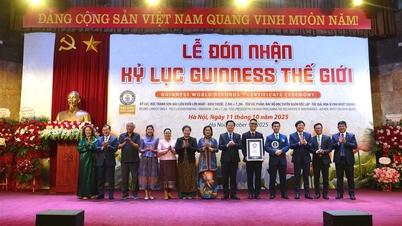
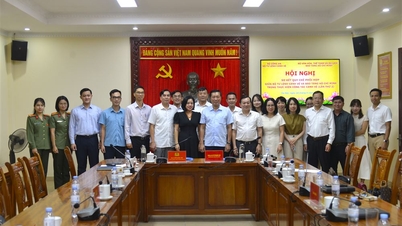



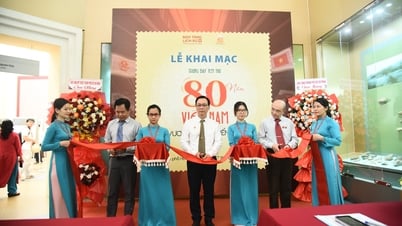




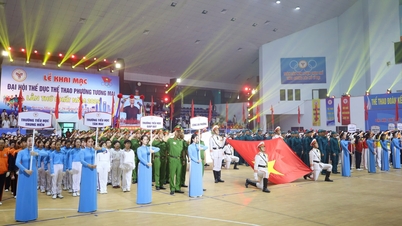

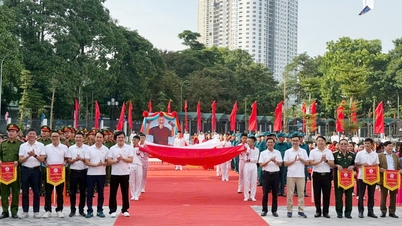
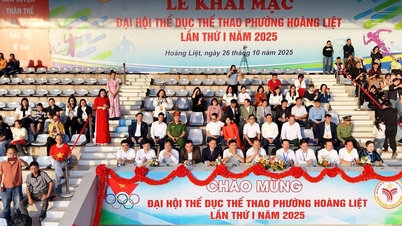
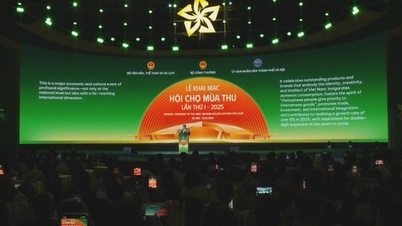
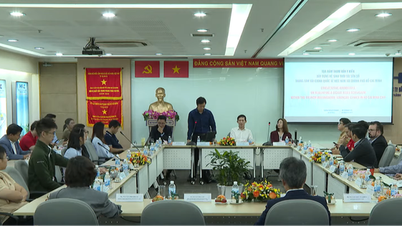
![[Photo] Prime Minister Pham Minh Chinh attends the opening of the 47th ASEAN Summit](https://vphoto.vietnam.vn/thumb/1200x675/vietnam/resource/IMAGE/2025/10/26/1761452925332_c2a-jpg.webp)

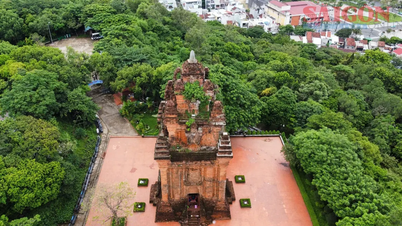







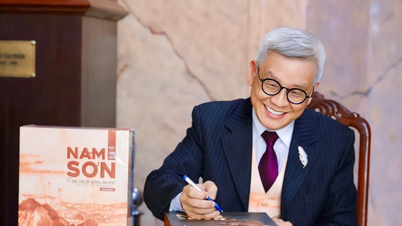


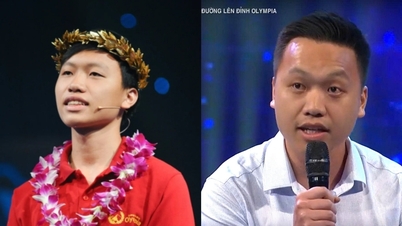

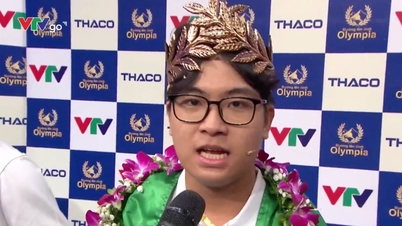

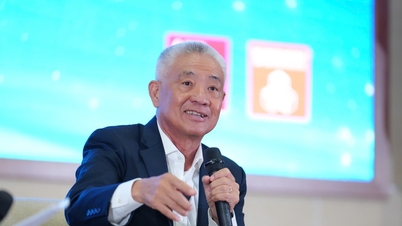
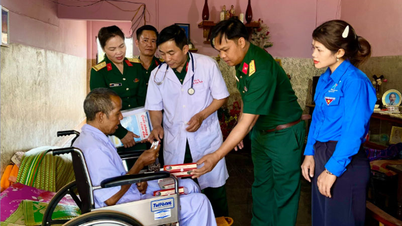

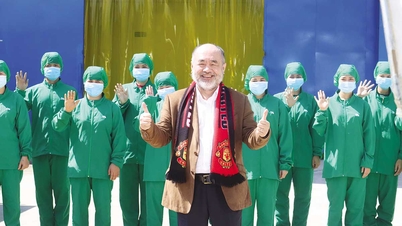



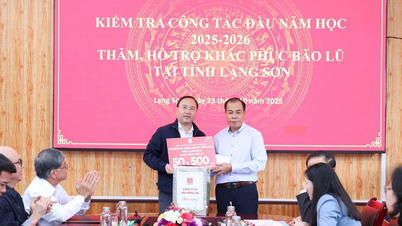
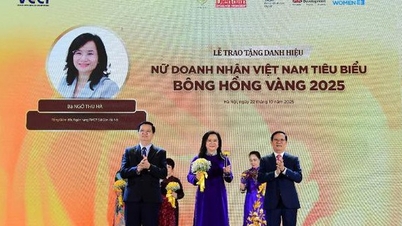



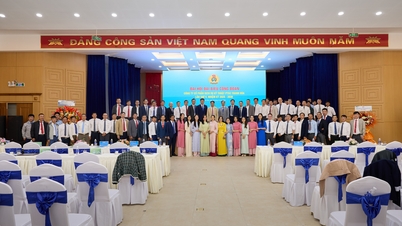
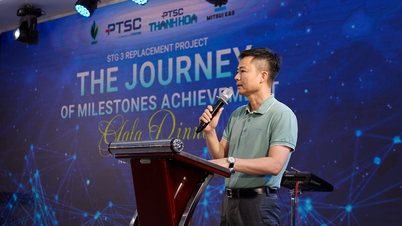



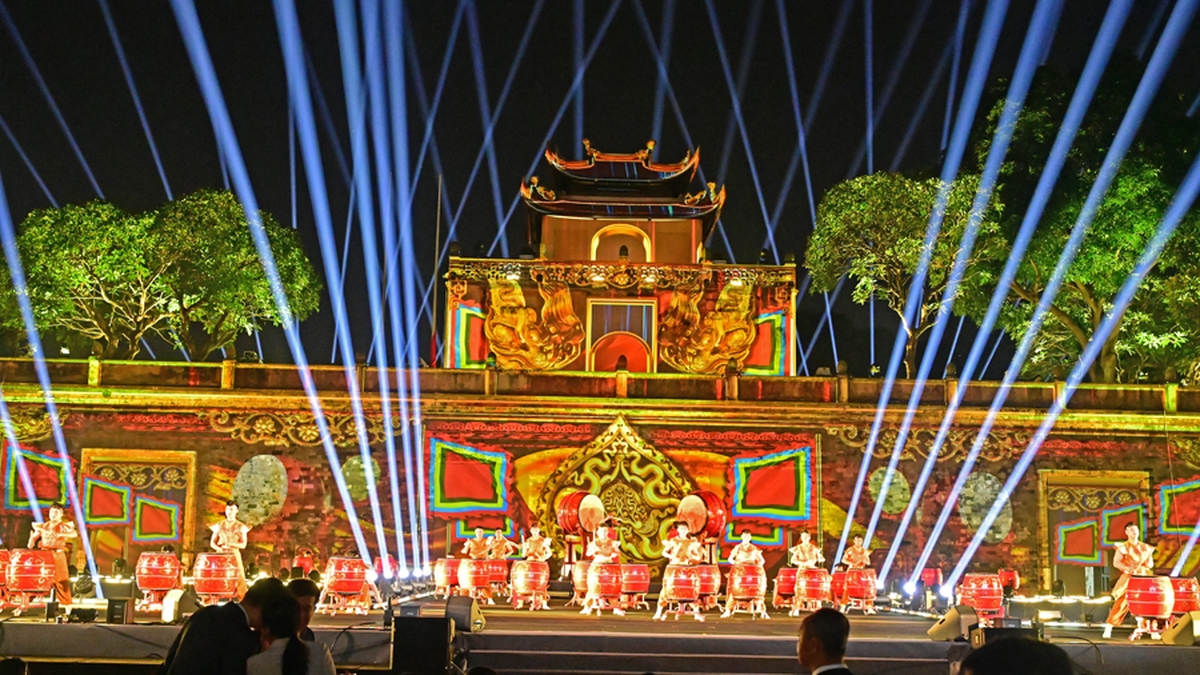
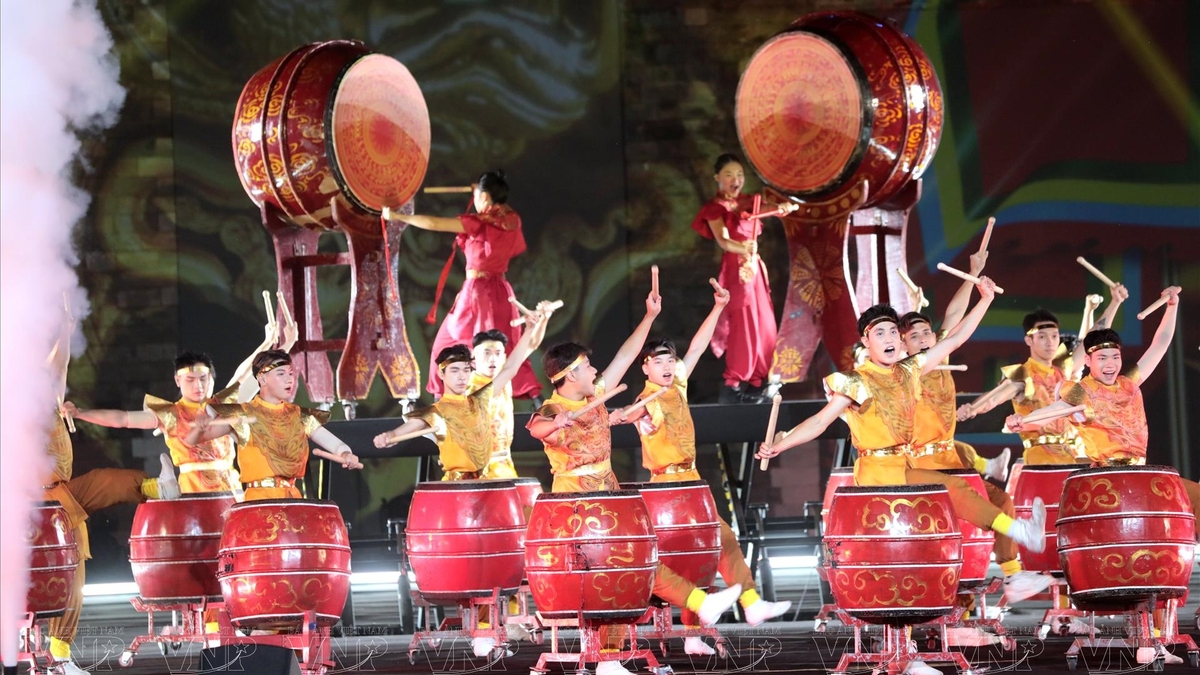
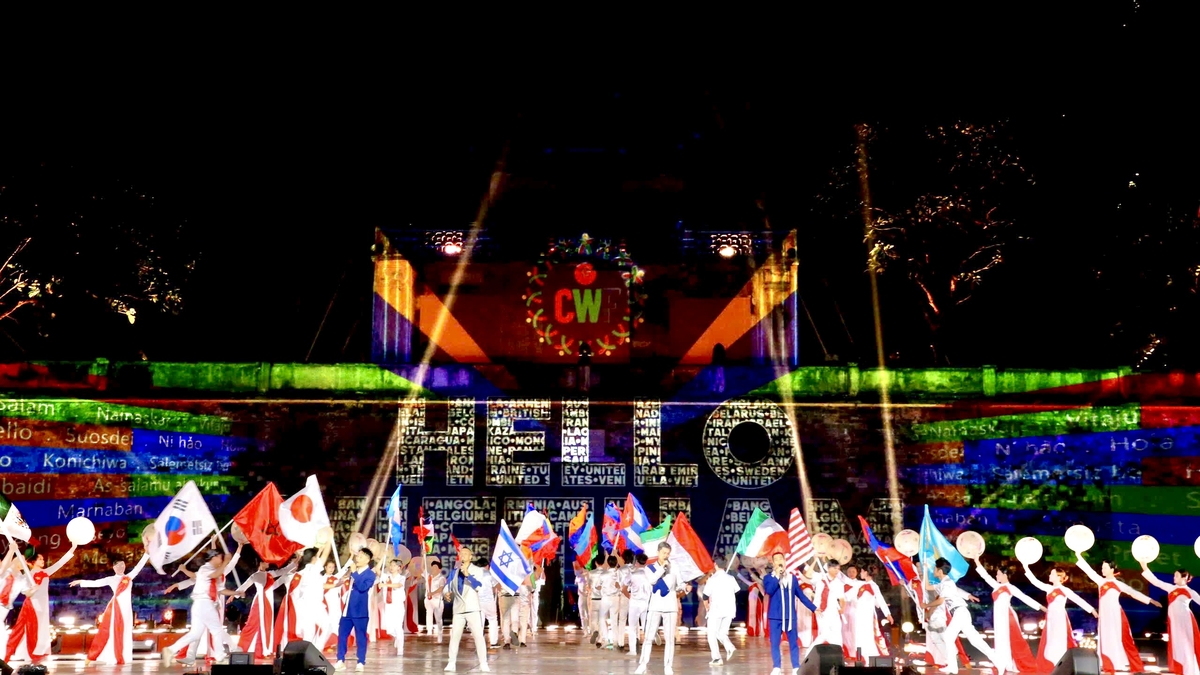
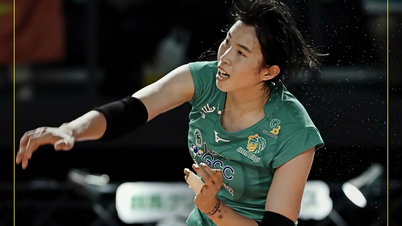


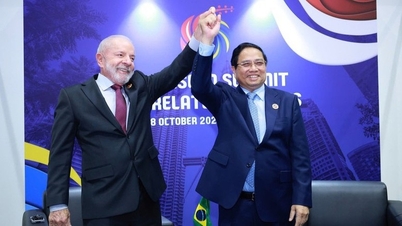
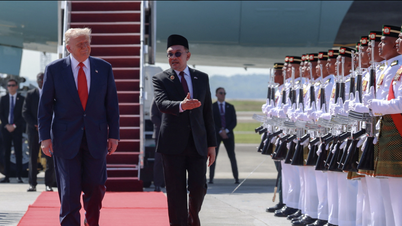
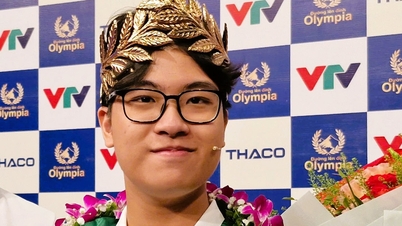
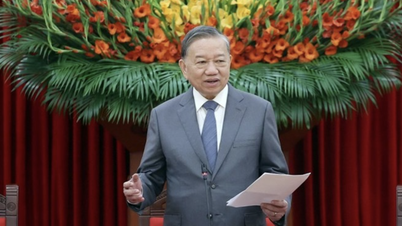



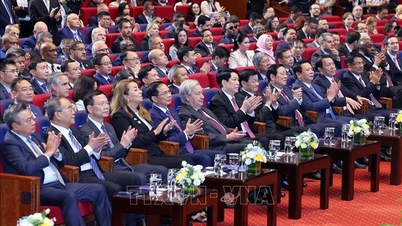

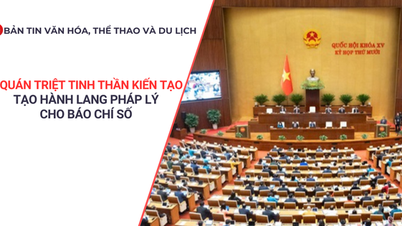
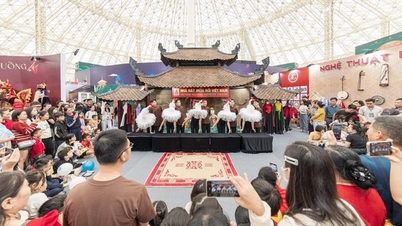


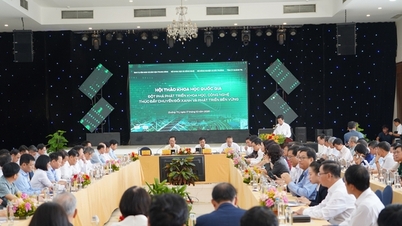
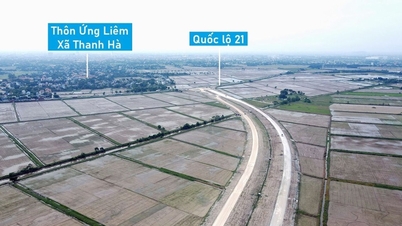

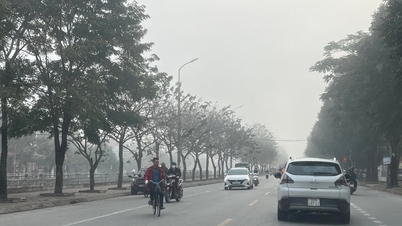

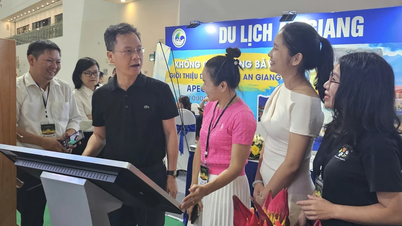

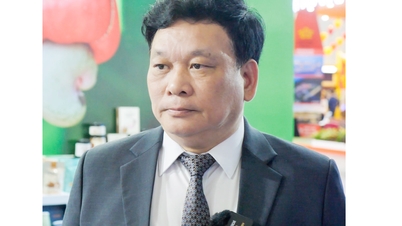

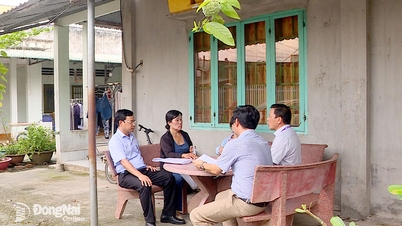
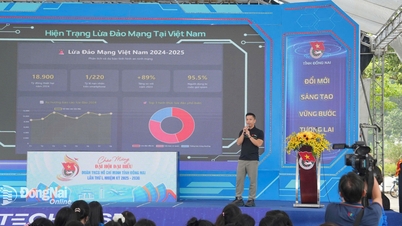















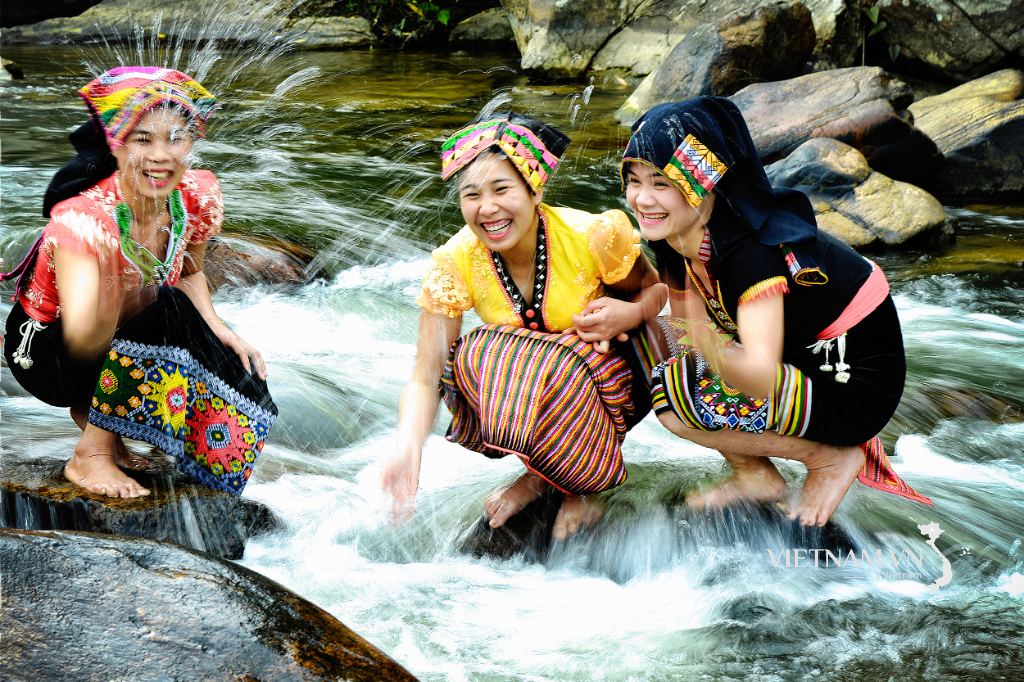
Comment (0)